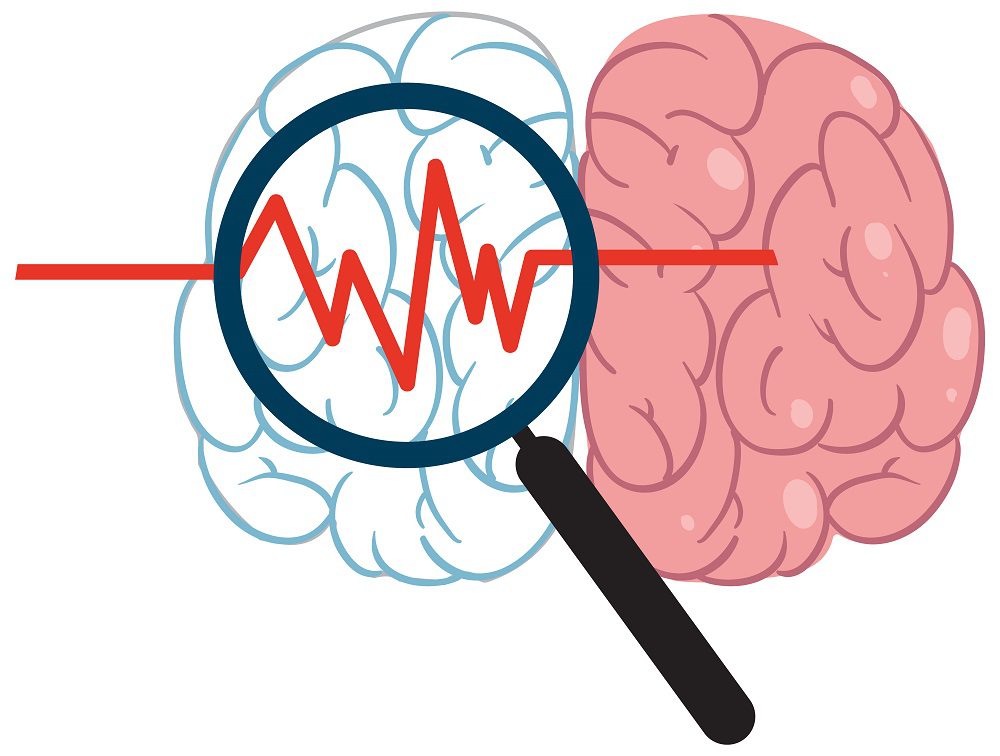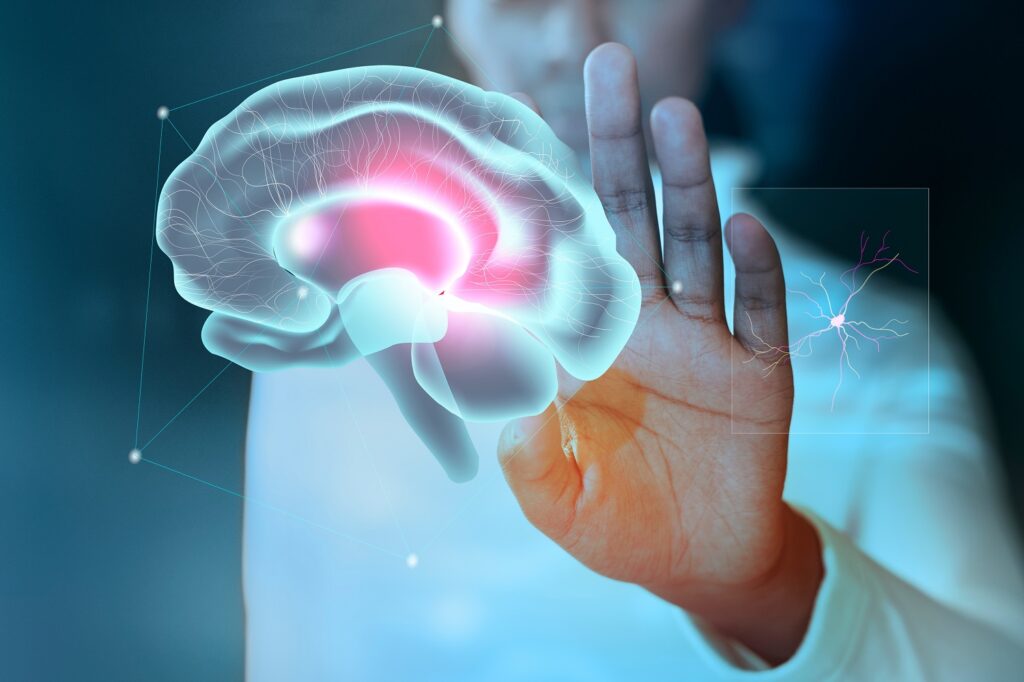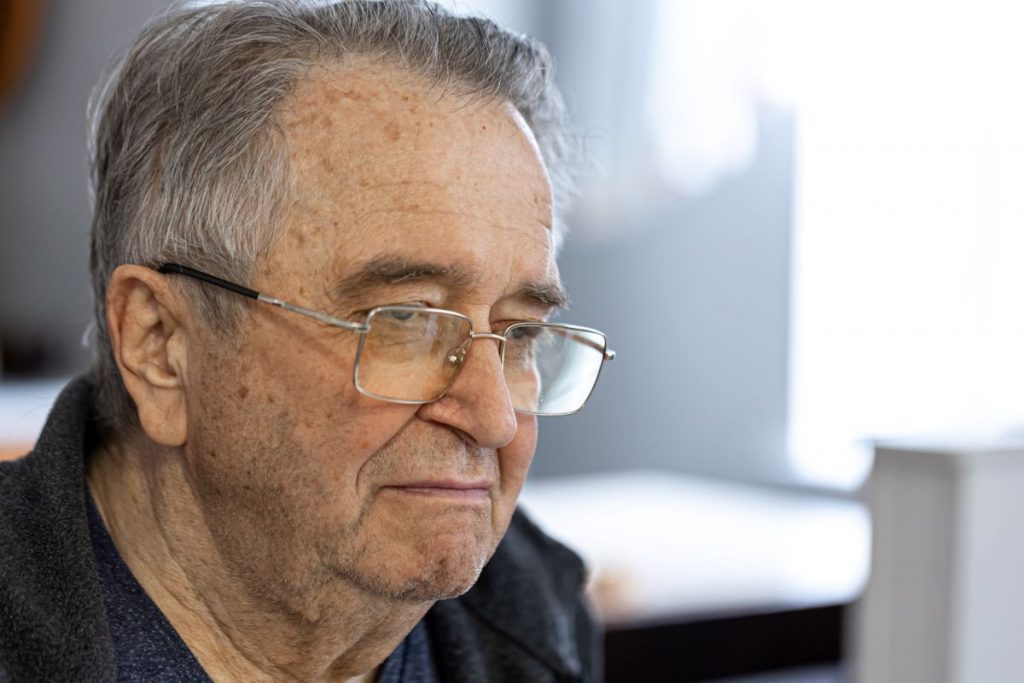Global aphasia is the most severe form of post-stroke aphasia and is characterized by severe impairments. Exploring the brain reorganization patterns associated with language recovery would promote the treatment of global aphasia. Functional near infrared spectroscopy (fNIRS) is a feasible neuroimaging method. Within the activated cortical region, oxyhemoglobin (HbO) increases and deoxyhemoglobin (HbR) decreases, and the changes in HbO and HbR can be measured by NIR light to reflect cortical activation.
It is believed that the decline of language ability in patients with global aphasia may be related to the abnormal decline of the left supramarginal gyrus (SMG) region, which may play a key role in language, especially naming and repetition ability. fNIRS is a promising method for identifying changes in brain activity in aphasia patients, and it will help in better understanding the neurological mechanisms and developing a new way to treat global aphasia















